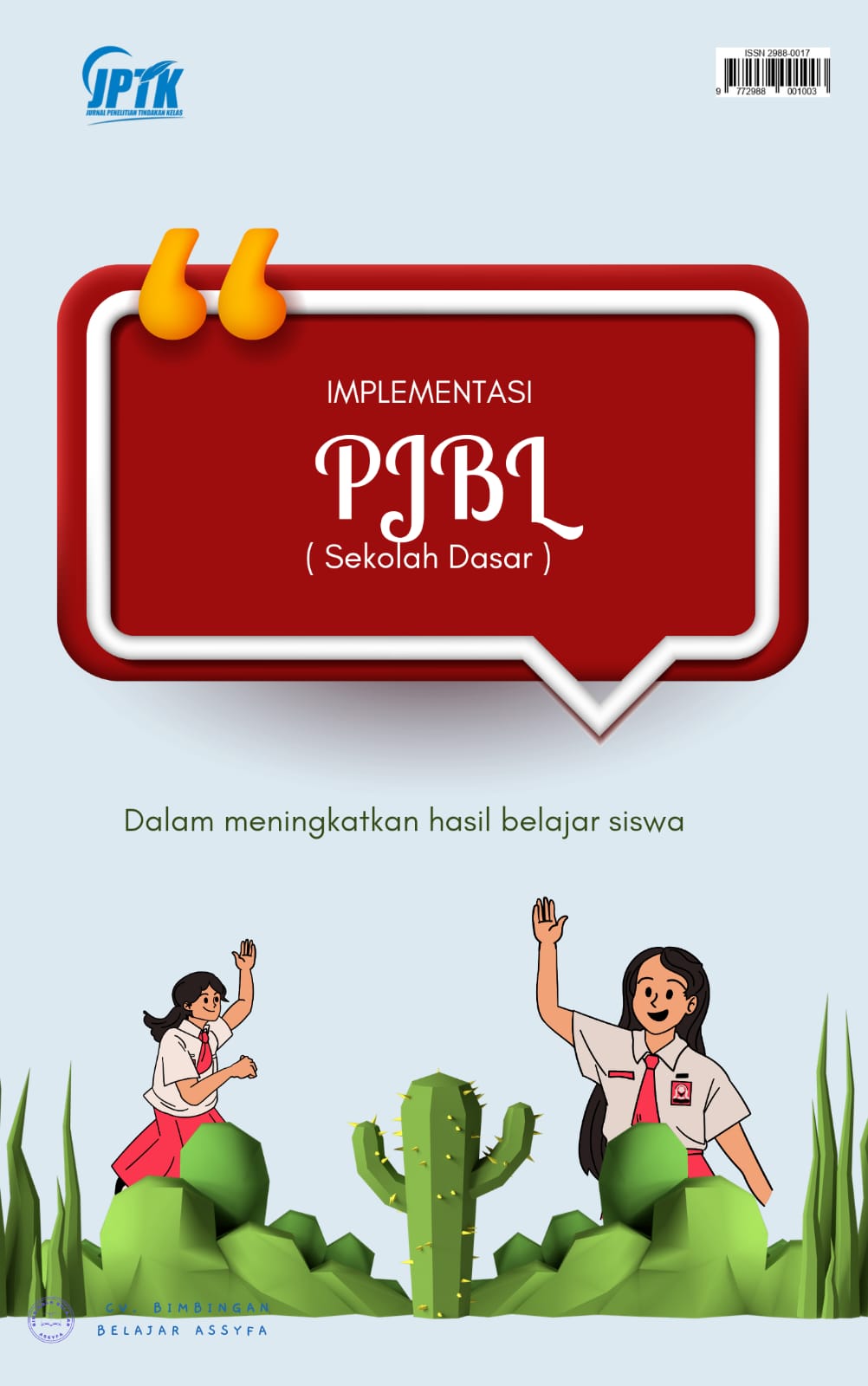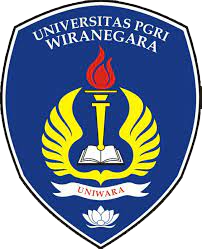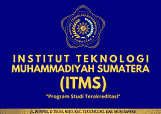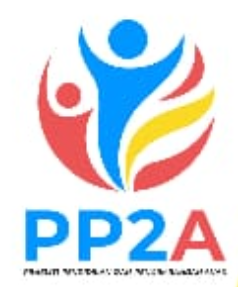Peningkatan hasil belajar siswa sekolah dasar melalui penerapan "project based-learning"
Keywords:
Hasil belajar, Ilmu pengetahuan alam, Siswa sekolah dasar, Project based-learningAbstract
Kegiatan pembelajaran IPA ditemukan masih menggunakan pembelajaran virtual dengan memberikan materi berupa video pembelajaran dan menjawab soal saja. Pembelajaran seperti ini belum bisa membawa siswa untuk lebih memaksimalkan kemampuannya dalam memahami suatu konsep dari materi yang telah disampaikanPenelitian ini bertujuan untuk mengetahui apakah penerapan model PjBL dapat meningkatkan prestasi akademik siswa kelas III SD Negeri Sukosari Yogyakarta. Penelitian ini dilaksanakan melalui proses siklus evaluasi (PTK) yang meliputi empat tahapan yaitu perencanaan, tindakan, observasi dan refleksi. Dari hasil analisis data, kesimpulan penelitian ini adalah pembelajaran dengan menggunakan model PjBL dapat meningkatkan hasil belajar siswa kelas III SD Negeri Sukosari Yogyakarta. Meningkatnya pemahaman konsep ini akan berdampak positif terhadap tingkat ketuntasan belajar. Kelengkapan dapat memenuhi atau melampaui kriteria yang ditentukan. Penggunaan model PjBL dapat meningkatkan hasil belajar siswa dan meningkatkan tingkat optimalnya.
Downloads

Published
How to Cite
Issue
Section
License
Copyright (c) 2023 Jurnal Penelitian Tindakan Kelas

This work is licensed under a Creative Commons Attribution-ShareAlike 4.0 International License.

 Universitas Negeri Semarang, Indonesia
Universitas Negeri Semarang, Indonesia
















